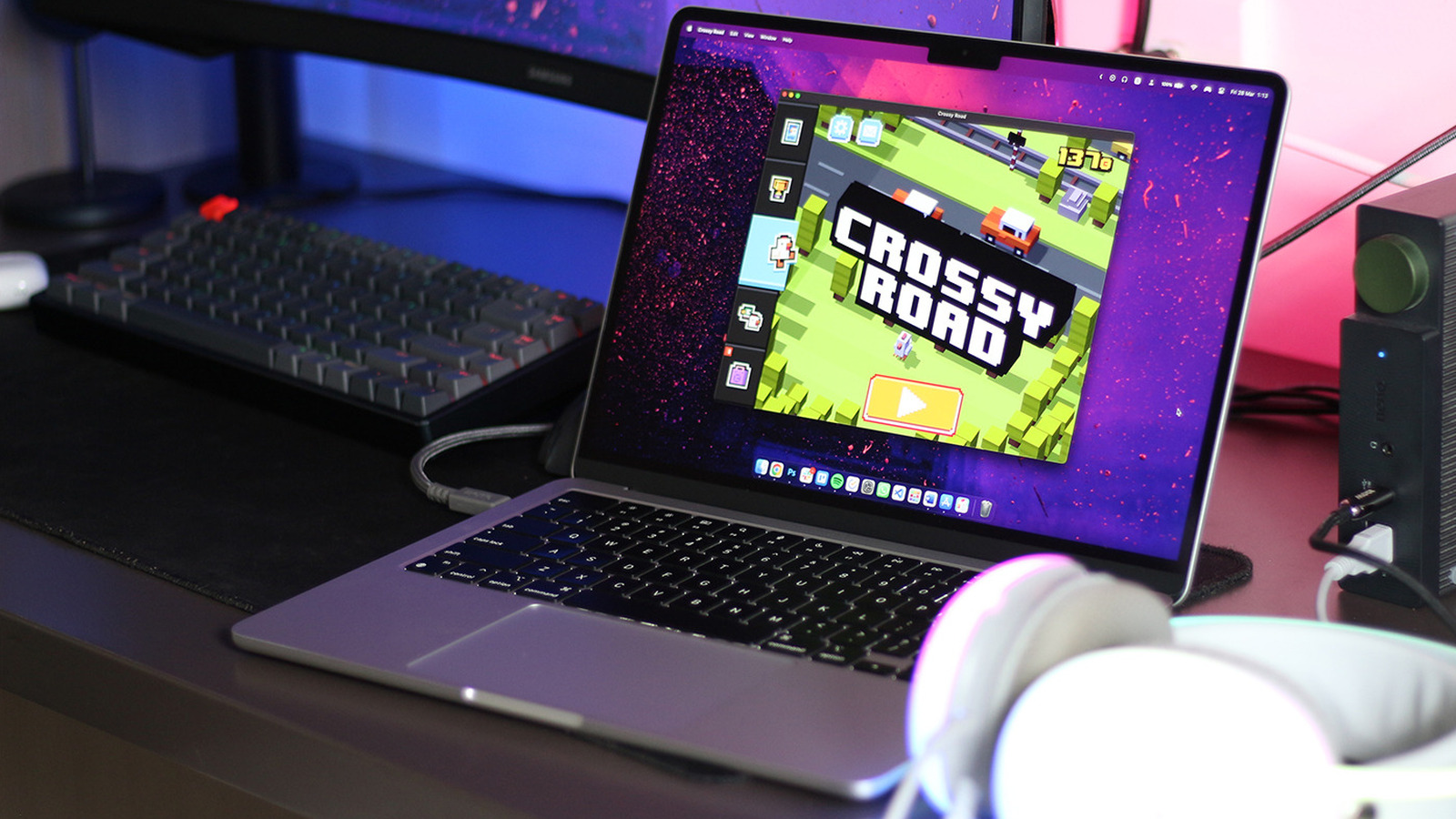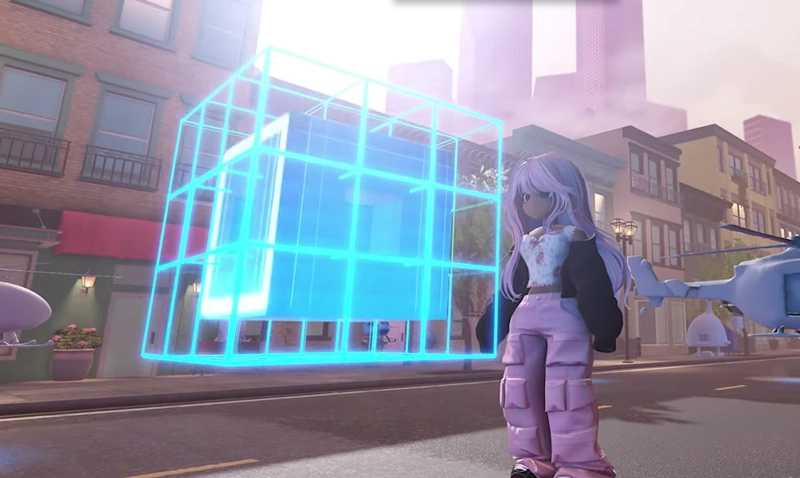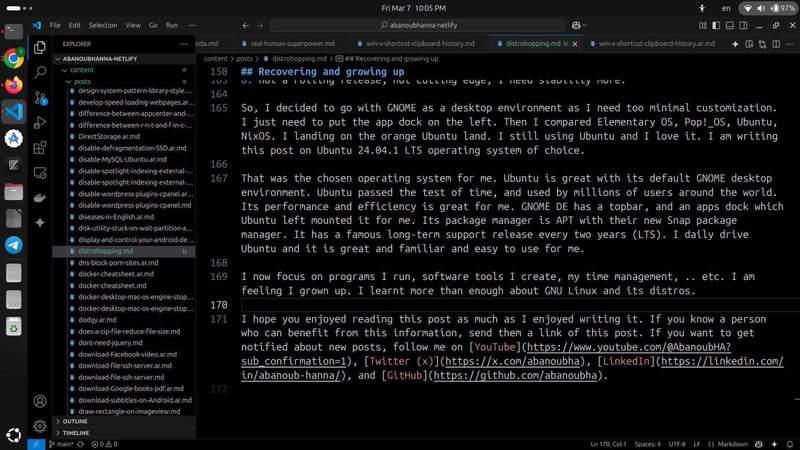Roblox Launches Cube 3D: AI Model for 3D and Future 4D Creation
Originally published at ssojet Roblox has launched Cube 3D, a generative AI system designed to create 3D and 4D objects and environments from text inputs. This new model signifies a major advancement in the capabilities of developers by enabling rapid prototyping and asset generation. A beta version of the mesh generation API is currently available within Roblox Studio and as an in-experience Lua API, allowing developers to effortlessly integrate it into their projects. Cube 3D utilizes a unique approach to 3D tokenization, treating objects as discrete tokens, similar to how text is processed in language models. This innovation enables the system to predict and generate complete 3D structures in an autoregressive manner, making it suitable for both single-object generation and complex scene layouts. By training on native 3D data, Cube 3D ensures compatibility with existing game engines, facilitating seamless integration into diverse interactive environments. Developers can generate models by providing simple text descriptions, streamlining the asset creation process. This allows developers to dedicate more time to refining other project aspects while automating the initial stages of model generation. Roblox aims to evolve Cube 3D into a multimodal tool that can also accept image inputs, with the long-term goal of achieving 4D generation, where objects dynamically interact within virtual environments. The reaction to Cube 3D has been varied. Supporters praise its speed and open-source availability, while some critics claim it undermines traditional 3D modeling practices. Technical Features and Future Prospects The core functionality of Cube 3D allows developers to quickly explore new creative directions. According to Roblox, “With Cube, we intend to make 3D creation more efficient.” The model predicts the next shape token to build complete 3D objects, leveraging insights from state-of-the-art models trained on text tokens. Roblox’s spokesperson Samantha Spielman elaborates on the training data for Cube 3D, stating it comprises “a combination of licensed and publicly available datasets, as well as experience data from the Roblox ecosystem.” Future iterations of the model will support image-based inputs, ultimately creating a multimodal system capable of generating objects from text, images, and video. The Cube 3D model is built on a unified architecture that allows for autoregressive generation of single objects, shape completion, and multi-object/scene layout generation. This technical breakthrough facilitates scalability and multimodal compatibility, ensuring that as Roblox expands Cube 3D, it will function with various input types. The objective is to develop functional 3D objects and scenes, which Roblox refers to as '4D creation.' This fourth dimension encompasses the interaction between objects, environments, and users, requiring the AI to understand the relationships among these elements. Open Source and Collaboration Roblox is committed to open-source practices and aims to foster collaboration and innovation within the AI and game development communities. Cube 3D is available on platforms such as GitHub and Hugging Face, allowing developers to fine-tune the model, create plugins, or train it on their own datasets. By making Cube 3D open-source, Roblox encourages broader use and adaptation beyond its platform. This democratization of advanced technology aligns with current trends in game development, where efficiency and creativity are paramount. Roblox’s ambition with Cube 3D is not just to provide a tool for creating 3D models but to pave the way toward a comprehensive foundation model for 3D intelligence. This foundational model aims to support various aspects of game development, from generating 3D objects and scenes to rigging characters for animation. For those interested in enhancing their own development capabilities, consider exploring SSOJet's API-first platform, which provides secure SSO and user management for enterprise clients, featuring directory sync, SAML, OIDC, and magic link authentication. Explore how these advancements in AI technology can integrate with your existing systems and elevate your development projects.

Originally published at ssojet
Roblox has launched Cube 3D, a generative AI system designed to create 3D and 4D objects and environments from text inputs. This new model signifies a major advancement in the capabilities of developers by enabling rapid prototyping and asset generation. A beta version of the mesh generation API is currently available within Roblox Studio and as an in-experience Lua API, allowing developers to effortlessly integrate it into their projects.
Cube 3D utilizes a unique approach to 3D tokenization, treating objects as discrete tokens, similar to how text is processed in language models. This innovation enables the system to predict and generate complete 3D structures in an autoregressive manner, making it suitable for both single-object generation and complex scene layouts. By training on native 3D data, Cube 3D ensures compatibility with existing game engines, facilitating seamless integration into diverse interactive environments.
Developers can generate models by providing simple text descriptions, streamlining the asset creation process. This allows developers to dedicate more time to refining other project aspects while automating the initial stages of model generation. Roblox aims to evolve Cube 3D into a multimodal tool that can also accept image inputs, with the long-term goal of achieving 4D generation, where objects dynamically interact within virtual environments.
The reaction to Cube 3D has been varied. Supporters praise its speed and open-source availability, while some critics claim it undermines traditional 3D modeling practices.
Technical Features and Future Prospects
The core functionality of Cube 3D allows developers to quickly explore new creative directions. According to Roblox, “With Cube, we intend to make 3D creation more efficient.” The model predicts the next shape token to build complete 3D objects, leveraging insights from state-of-the-art models trained on text tokens.
Roblox’s spokesperson Samantha Spielman elaborates on the training data for Cube 3D, stating it comprises “a combination of licensed and publicly available datasets, as well as experience data from the Roblox ecosystem.” Future iterations of the model will support image-based inputs, ultimately creating a multimodal system capable of generating objects from text, images, and video.
The Cube 3D model is built on a unified architecture that allows for autoregressive generation of single objects, shape completion, and multi-object/scene layout generation. This technical breakthrough facilitates scalability and multimodal compatibility, ensuring that as Roblox expands Cube 3D, it will function with various input types.
The objective is to develop functional 3D objects and scenes, which Roblox refers to as '4D creation.' This fourth dimension encompasses the interaction between objects, environments, and users, requiring the AI to understand the relationships among these elements.
Open Source and Collaboration
Roblox is committed to open-source practices and aims to foster collaboration and innovation within the AI and game development communities. Cube 3D is available on platforms such as GitHub and Hugging Face, allowing developers to fine-tune the model, create plugins, or train it on their own datasets.
By making Cube 3D open-source, Roblox encourages broader use and adaptation beyond its platform. This democratization of advanced technology aligns with current trends in game development, where efficiency and creativity are paramount.
Roblox’s ambition with Cube 3D is not just to provide a tool for creating 3D models but to pave the way toward a comprehensive foundation model for 3D intelligence. This foundational model aims to support various aspects of game development, from generating 3D objects and scenes to rigging characters for animation.
For those interested in enhancing their own development capabilities, consider exploring SSOJet's API-first platform, which provides secure SSO and user management for enterprise clients, featuring directory sync, SAML, OIDC, and magic link authentication.
Explore how these advancements in AI technology can integrate with your existing systems and elevate your development projects.









































































































































































![[The AI Show Episode 142]: ChatGPT’s New Image Generator, Studio Ghibli Craze and Backlash, Gemini 2.5, OpenAI Academy, 4o Updates, Vibe Marketing & xAI Acquires X](https://www.marketingaiinstitute.com/hubfs/ep%20142%20cover.png)



























































































































![[DEALS] The Premium Learn to Code Certification Bundle (97% off) & Other Deals Up To 98% Off – Offers End Soon!](https://www.javacodegeeks.com/wp-content/uploads/2012/12/jcg-logo.jpg)


![From drop-out to software architect with Jason Lengstorf [Podcast #167]](https://cdn.hashnode.com/res/hashnode/image/upload/v1743796461357/f3d19cd7-e6f5-4d7c-8bfc-eb974bc8da68.png?#)









































































































.png?#)
































_Christophe_Coat_Alamy.jpg?#)
 (1).webp?#)


































































































![iPhone 17 Pro Won't Feature Two-Toned Back [Gurman]](https://www.iclarified.com/images/news/96944/96944/96944-640.jpg)
![Tariffs Threaten Apple's $999 iPhone Price Point in the U.S. [Gurman]](https://www.iclarified.com/images/news/96943/96943/96943-640.jpg)









































































































































